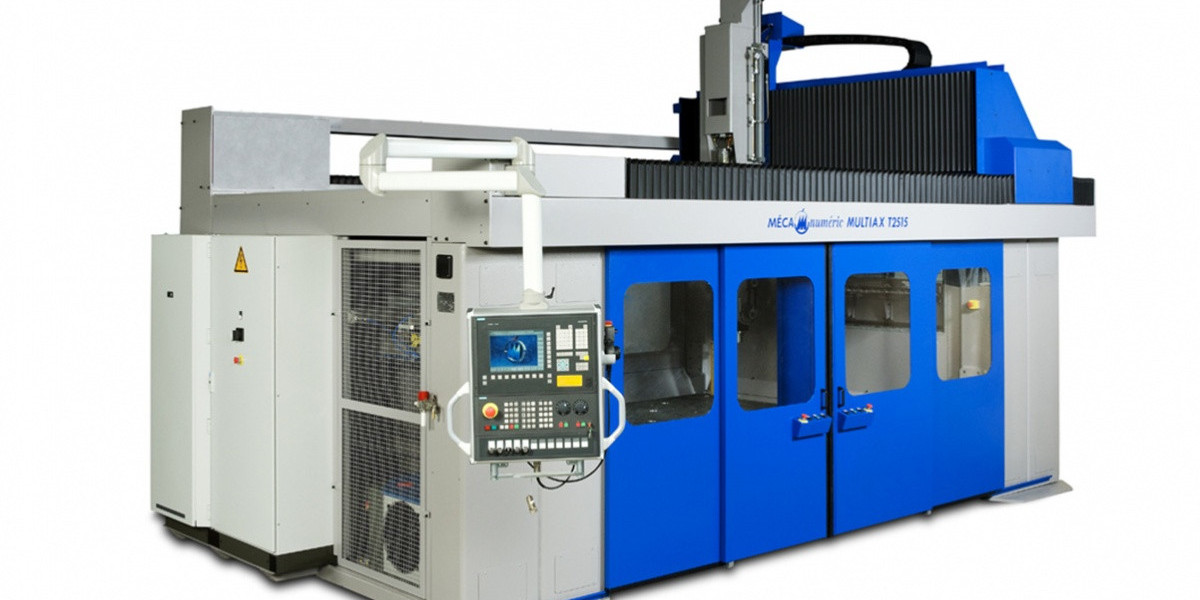Selecting the right CNC material is one of the most critical decisions in the product development process.
It affects everything from part performance and machining time to cost, durability, and post-processing requirements.
Whether you're producing aerospace components, medical devices, or consumer goods, material choice directly impacts your project's functionality, compliance, and manufacturability. This guide will help you evaluate and select the most suitable CNC material for your next job.
1. Understand Your Project Requirements First
Before choosing a material, you need to define the key functional demands of your part. Ask the following questions:
What mechanical stresses will the part endure?
Will it be exposed to heat, chemicals, or moisture?
Is weight reduction a priority?
What surface finish or cosmetic quality is needed?
Are there regulatory or industry standards to meet (e.g., FDA, AS9100)?
How many parts are you producing—prototype or production?
These answers will help narrow your material options by aligning physical properties with functional demands.
2. Consider CNC Machinability
Not all materials machine equally well.
Material hardness, brittleness, and thermal behavior directly affect cutting speed, tool wear, and finish quality.
Key machinability factors:
| Property | Impact on CNC Machining |
|---|---|
| Hardness | Harder materials wear tools faster |
| Ductility | Affects chip formation and heat dissipation |
| Thermal conductivity | Impacts cooling and surface finish |
| Abrasiveness | Increases tool degradation |
| Stability | Influences warping and tolerance control |
Rule of thumb: If your project allows, opt for materials with medium hardness and good thermal stability to balance performance and machinability.
3. Match Material Properties to Part Function
Different materials offer different strengths, tolerances, and thermal resistance. The right fit depends on the specific use-case of your CNC part.
Common material categories:
✅ Metals
| Metal | Properties | Best Used For |
|---|---|---|
| Aluminum | Lightweight, corrosion-resistant, easy to machine | Enclosures, brackets, automotive parts |
| Stainless Steel | High strength, corrosion-resistant | Medical tools, fasteners, valves |
| Brass | Low friction, conductive, aesthetic | Fittings, electronics, decorative parts |
| Titanium | Strong, lightweight, biocompatible | Implants, aerospace parts |
| Mild/Tool Steel | Hard, durable, wear-resistant | Gears, tools, fixtures |
✅ Plastics
| Plastic | Properties | Best Used For |
|---|---|---|
| ABS | Rigid, impact-resistant, low-cost | Prototypes, enclosures |
| Nylon (PA) | Durable, flexible, wear-resistant | Bushings, gears, sliding parts |
| PEEK | High-temp resistant, biocompatible | Surgical parts, aerospace insulators |
| Polycarbonate | Transparent, strong | Covers, electronics housings |
| PTFE (Teflon) | Chemically inert, slippery | Seals, fluid system components |
4. Consider Volume and Budget Constraints
Material cost varies widely. For small-batch or prototype runs, cost-per-part can be influenced more by material availability than raw price.
Factors to consider:
Aluminum and ABS are cost-effective for prototypes
Titanium and PEEK are expensive but necessary for critical applications
Stainless steel is more affordable than titanium but harder to machine
Specialty alloys often require slower feed rates and more tool changes, adding cost
Note: For high-volume jobs, CNC process optimization—such as using CNC turning services—can reduce costs through faster cycle times and less material waste.
5. Evaluate Surface Finish Requirements
The required surface finish can dictate your material choice. Some materials naturally achieve a smoother finish, while others require extensive post-processing.
| Desired Finish | Best Materials | Post-Processing Required |
|---|---|---|
| Matte/Functional | ABS, Nylon, Aluminum | Minimal |
| Polished/Optical | Polycarbonate, Acrylic, Brass | Polishing or buffing |
| Medical/Implant-Grade | PEEK, Titanium, Stainless Steel | Sterilization, passivation |
6. Check Environmental and Chemical Exposure
Will your part be exposed to UV, saltwater, oils, or industrial chemicals? Some materials degrade faster under certain conditions.
Material resistance profiles:
| Exposure Type | Best Materials |
|---|---|
| UV radiation | Polycarbonate, Titanium |
| Corrosive liquids | Stainless Steel, PTFE, PEEK |
| Saltwater | Titanium, 316 Stainless |
| Friction/lubricants | Brass, Nylon, PTFE |
| Extreme heat (>200°C) | PEEK, Inconel, Titanium |
Tip: For outdoor or marine environments, avoid untreated steel or basic plastics unless sealed or coated.
7. Industry-Specific Material Standards
Some industries have strict compliance requirements. Using the wrong material—even if it performs well—can disqualify your product.
| Industry | Material Considerations |
|---|---|
| Aerospace | AS9100, heat resistance, weight optimization |
| Medical | Biocompatibility, sterilization compatibility |
| Electronics | Insulation, conductivity, EMI shielding |
| Automotive | Durability, vibration resistance |
| Consumer Goods | Appearance, light weight, surface quality |
8. Prototype vs. Production: Do They Need the Same Material?
Not always.
Prototypes often use lower-cost, easier-to-machine materials that mimic the mechanical behavior of the final production material.
| Phase | Recommended Approach |
|---|---|
| Prototype | Use ABS, aluminum, or resin substitutes |
| Production | Shift to steel, PEEK, titanium as needed |
| Functional Test | Match weight, stress points with low-cost alternatives |
Using CNC prototyping early in the cycle also allows faster iteration without exhausting budget on exotic alloys.
Final Checklist: Selecting the Right CNC Material
Use this checklist to make your final decision:
✅ Does the material meet all strength and stress requirements?
✅ Can it be machined within budget and time constraints?
✅ Is the surface finish appropriate for end use or appearance?
✅ Will it withstand the environmental conditions it will face?
✅ Are there compliance or regulatory standards it must meet?
✅ Can it be sourced in the required dimensions and tolerances?
If your answer is "yes" across all questions, the material is likely a good fit for your CNC machining project.
Summary: Material Choice Shapes CNC Project Success
Choosing the right CNC material involves much more than selecting what’s “strongest” or “cheapest.”
It’s about matching function, cost, and manufacturability to the specific needs of your project. Consider mechanical performance, regulatory standards, machining behavior, and long-term durability when evaluating options.
By aligning your material selection with your design goals and process constraints, you can ensure consistent part quality, optimized production efficiency, and reduced total cost.
For precision parts requiring both material-specific strategies and cost-effective processing, explore expert-level CNC turning services to maximize results in your next build.








